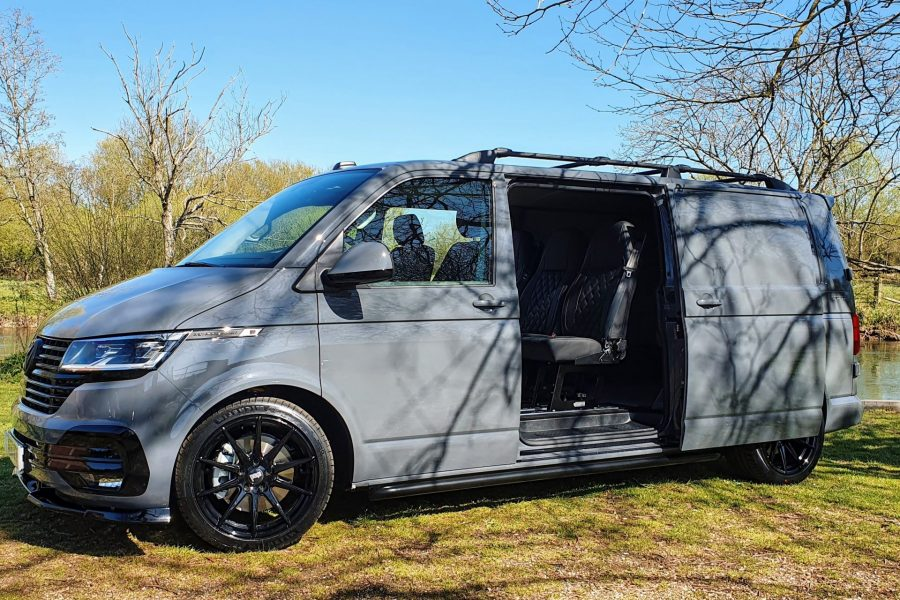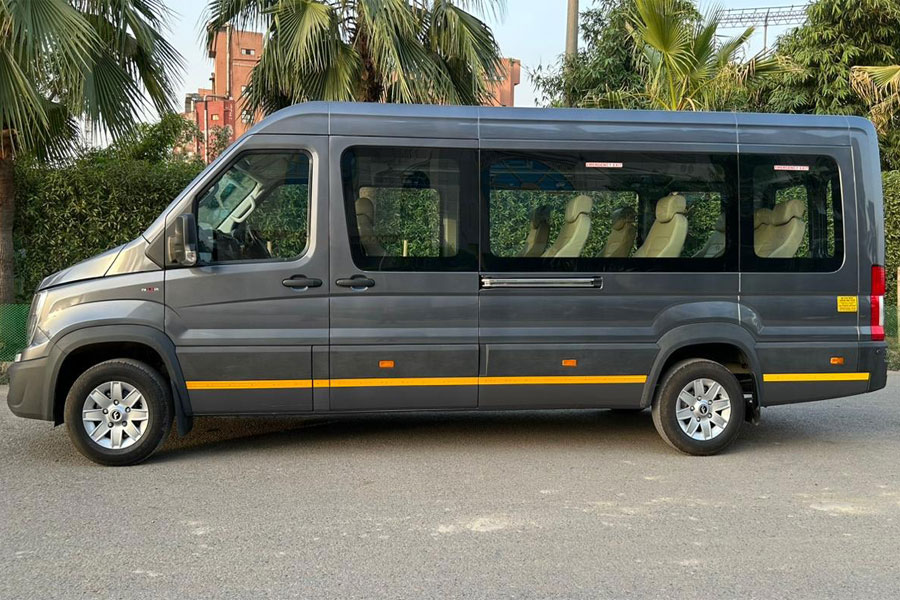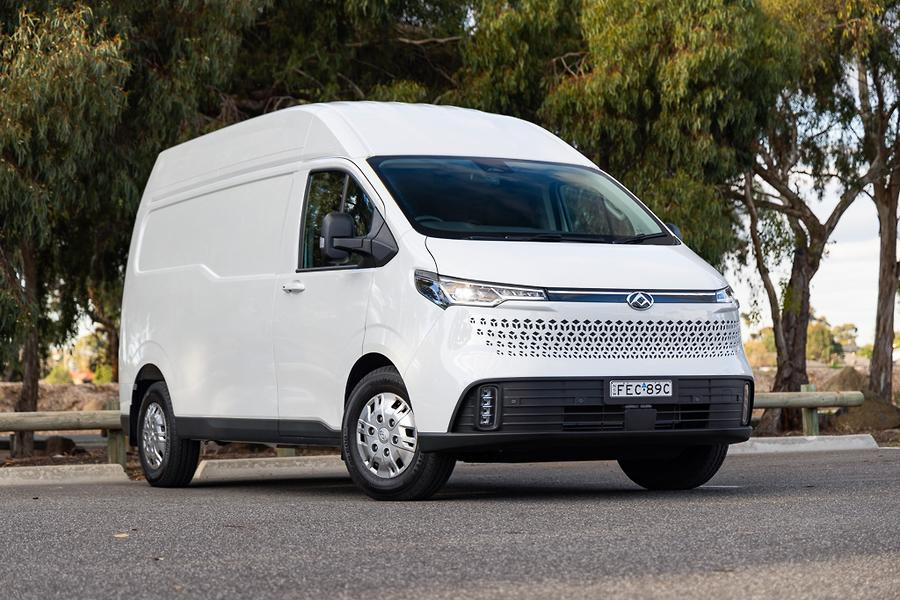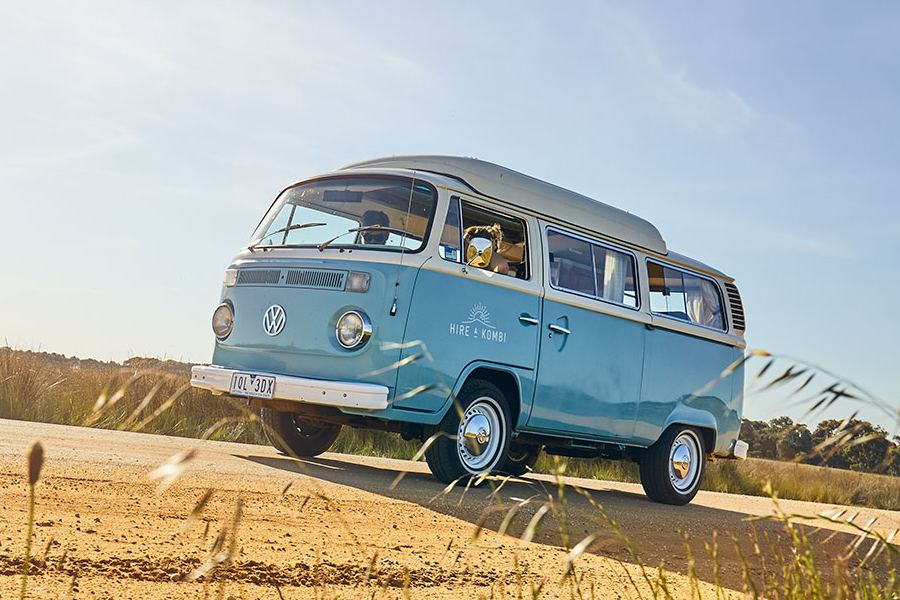
The Rise of Van Life: How to Convert Your Van for Full-Time Living
The concept of van life has exploded in popularity over the past few years, with more people opting for a minimalist, mobile lifestyle. The allure of freedom on the open road, combined with the practicality of a self-sufficient home on wheels, has made van life an attractive option for adventurers, remote workers, and those seeking a simpler way of living. If you’re considering joining the van life movement, this guide will walk you through the essential steps to convert your van for full-time living.
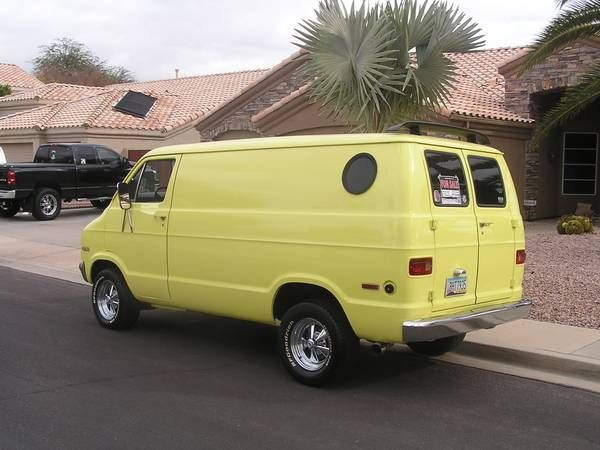
- Choosing the Right Van: Size, Make, and Model
The first step in your van life journey is selecting the right vehicle. Your choice will depend on several factors, including your budget, the amount of space you need, and how you plan to use the van.
- Size: Consider how much living space you’ll need. Larger vans like the Mercedes Sprinter or Ford Transit offer more room for amenities but can be harder to maneuver and park. Smaller vans like the Ram ProMaster City are easier to drive and park but offer less interior space.
- Make and Model: Popular choices among van lifers include the Mercedes Sprinter, Ford Transit, and Ram ProMaster. These models are known for their reliability, spacious interiors, and availability of aftermarket conversion kits.
Before purchasing, thoroughly inspect the van for mechanical issues and rust, especially if you’re buying used. It’s also wise to consider the van’s fuel efficiency, as this will impact your travel costs.
- Planning Your Layout: Functionality and Comfort
Once you’ve chosen your van, the next step is planning the layout. The key to a successful van conversion is maximizing the limited space while ensuring comfort and functionality.
- Sleeping Area: Decide whether you want a fixed bed or a convertible one. A fixed bed is convenient but takes up more space, while a convertible bed can double as seating during the day.
- Kitchen: Your kitchen should include a cooking surface, storage for food and utensils, and a sink. Many van lifers opt for portable stoves and compact fridges to save space.
- Storage: Utilize every inch of space for storage. Overhead cabinets, under-bed storage, and pull-out drawers can help keep your living area organized.
- Bathroom: If you want a bathroom in your van, you’ll need to allocate space for a toilet and shower. Some van lifers use portable toilets and outdoor showers to save space.
Sketch out your layout on paper or use a design software tool to visualize your ideas. This will help you ensure that everything fits and functions as planned.
- Insulation and Ventilation: Staying Comfortable Year-Round
Proper insulation and ventilation are critical for maintaining a comfortable living environment in your van, no matter the weather.
- Insulation: Insulate the walls, ceiling, and floor of your van using materials like foam board, spray foam, or sheep wool. Good insulation will help regulate the temperature, keeping the van warm in the winter and cool in the summer.
- Ventilation: Install roof vents or fans to circulate air and reduce condensation. This is especially important if you plan to cook inside your van or travel in humid climates. Windows that open can also improve airflow and prevent your van from becoming stuffy.
- Electrical System: Powering Your Mobile Home
A reliable electrical system is essential for powering lights, appliances, and electronics in your van. There are several components to consider:
- Batteries: Install a deep cycle battery to store energy. Lithium batteries are a popular choice due to their efficiency and longevity.
- Solar Panels: Solar panels are a sustainable way to power your van’s electrical system. Choose panels that can be mounted on the roof and connect them to a charge controller to regulate the energy flow.
- Inverter: An inverter converts the DC power from your batteries to AC power, allowing you to use standard household appliances.
Ensure your system is safely installed and capable of meeting your power needs. If you’re not confident in your electrical skills, consider hiring a professional to do the wiring.
- Finishing Touches: Personalizing Your Van
The final step in your van conversion is adding the finishing touches to make it feel like home.
- Decor: Choose a color scheme and decor that reflects your style. Adding curtains, cushions, and artwork can create a cozy, personalized space.
- Lighting: Install LED lights for energy efficiency and ambiance. Consider using dimmable lights or adding fairy lights for a warm, inviting atmosphere.
- Security: Don’t forget to install locks on all doors and windows, and consider adding a security system or camera for peace of mind.


